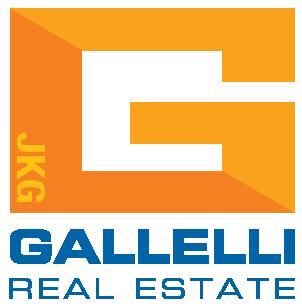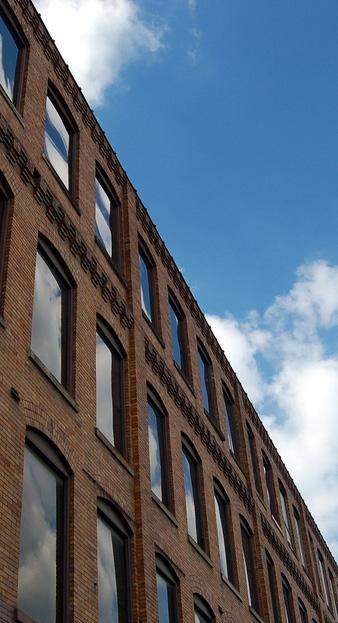
4 minute read
Sacramento Industrial Market
All Classes of Product, Q4 2022
Industrial Market: Supply/Demand/Vacancy
Advertisement
of an economic downturn, as well as Amazon’s pause in the marketplace, are sure to slow national tenant demand in 2023, though an increased availability in product locally could see activity levels in the coming year above the inventory-constrained realities of 2022.
Market Overview Continued Looking Ahead
availability in the Sacramento region has doubled in the past year from roughly 623,000 SF to over 1.2 MSF of space. Keep in mind, against the total market inventory of more than 161 MSF of space, this is a very modest increase. But it does reflect a slight cooling in demand levels. Ultimately, we see all of these as signs that the market is cooling from what has been unsustainably, “white hot” growth levels to merely “hot”.

Much attention has been paid to Amazon’s recent downshift in activity. The eCommerce behemoth has pulled back from dealmaking significantly (and not just for industrial—they have also done so for their retail concepts, primarily Amazon Fresh). In January 2023, they also issued the first layoffs in their history. We see this as merely part of the ongoing reset for tech and eCommerce from unsustainable pandemic highs to the new emerging norms of the post-CoVid era. It was bound to happen. Actual numbers are hard to define because Amazon enforces strict confidentiality on their real estate deals and does not comment publicly on strategy. However, during their pandemic industrial dealmaking surge, it is estimated that they singlehandedly bought, leased, or purchased land to develop somewhere between 120 MSF and 130 MSF of industrial product—essentially within 30-month time frame. That is roughly the same size as the Sacramento region’s entire warehouse/distribution inventory. Those levels of astonishing growth, fueled by Amazon’s drive to build same day delivery capabilities throughout the continental US, were bound to eventually come back to earth.
However, it would be a mistake to assume that we won’t continue to see significant demand from other eCommerce players, distribution, warehousing, and logistics concerns. But the potential
Look for demand for eCommerce logistics space to continue to move further away from the mega million SF warehouse regional model to the 250,000 SF to 400,000 SF (or below) local delivery model. Additionally, cold storage space continues to be in short supply and high demand in the Sacramento region. We anticipate that warehouse and logistics space will continue to be the focal point of local demand in 2023. Flex product, which currently boasts a 6.2% vacancy rate and accounts for roughly 19 MSF of inventory in the region, accounted for just 56,000 SF of positive net absorption in 2022 and simply hasn’t been a strong driver of demand. The same holds true for manufacturing space, which accounts for only 15 MSF of local product and a 2.2% vacancy rate, experienced negative occupancy growth in 2022 to the tune of -141,000 SF.
Any increase in vacancy is bound to cause concern for landlords and developers, but keep in mind that one of the reasons why occupancy growth in 2022 fell below the region’s ten-year average was the lack of available, quality product. Of the roughly 161 MSF of industrial space in the region, 127 MSF (or nearly 80% of the entire marketplace) is warehouse/distribution space (this includes cold storage as well as modern eCommerce logistics product). This is, and will remain, the sector driving activity throughout North America. But both the pandemic era surge in demand and an already tight marketplace have conspired over the past three years to drive some metrics that are simply unsustainable in the long run. Warehouse/distribution vacancy currently stands at 3.8%. This is up from a record low of just 3.2% in Q1 2022, but still reflects

Sacramento Industrial Market All Product Types, Q4 2022
Sacramento Industrial Market: Median Price PSF/Average Cap Rate
an incredibly tight marketplace where tenants have few, if any, options. This lack of product hasn’t just negatively impacted deal levels, it has set in rent growth levels that cannot be sustained forever.
The average asking rent for industrial space in the Sacramento region currently stands at $0.77 per square foot (PSF) on a monthly triple net basis. Even with slightly lower deal activity levels, increased deliveries, rising vacancy and looming economic concerns hanging over the market in 2022, this metric is up a full 10.0% from where it stood a year ago. Incidentally, the year before (2021) saw asking rents spike by 16.7%. Over the past five years, the overall industrial asking rate has increased by a whopping 57.1% from $0.49 PSF to the current average of $0.77 PSF.

Against these metrics, that developers have aggressively moved to build new, speculative industrial product (almost exclusively modern warehouse/distribution/logistics space), with over 12.4 MSF of new inventory added in the past five years. As of the end of 2022, there was another 2.5 MSF of new construction in the pipeline, slated for 2023 deliveries—much of which is being delivered on a speculative basis. There are additional projects we anticipate will go forward shortly in 2023, however, we also anticipate the development levels of the pandemic era, and its accompanying surge are going to slow slightly in 2023 simply because of the impact of inflation on construction costs that has become a greater challenge for developers and merchant builders. The price of construction materials had skyrocketed as high as 60% (year-over-year) as of May 2022, though this rate of inflation has thankfully come back to earth since that time. According to the Federal Reserve, year-over-year inflation for building materials had fallen back to 20% to 30% range (depending on the materials, i.e., wood, concrete, steel, etc.) as of December 2022 and are expected to moderate further downward along with overall inflation levels. Yet, even with Sacramento’s outsized industrial rent growth of the past few years, this spike has made it harder for new projects to pencil. Assuming the Fed can successfully bring inflation back to the 3% range by the end of 2023, this may provide developers with some relief. However, that remains a big “if.”
While we expect vacancy levels to tick up further, we also expect continued rent growth—though it is unlikely to match the same aggressive pace of the past few years. Even if the market may be in the earlier stages of transformation to a new post-pandemic reality, we are a long way from market equilibrium between supply and demand. The pendulum still favors landlords and will continue to do so for quite some time.

